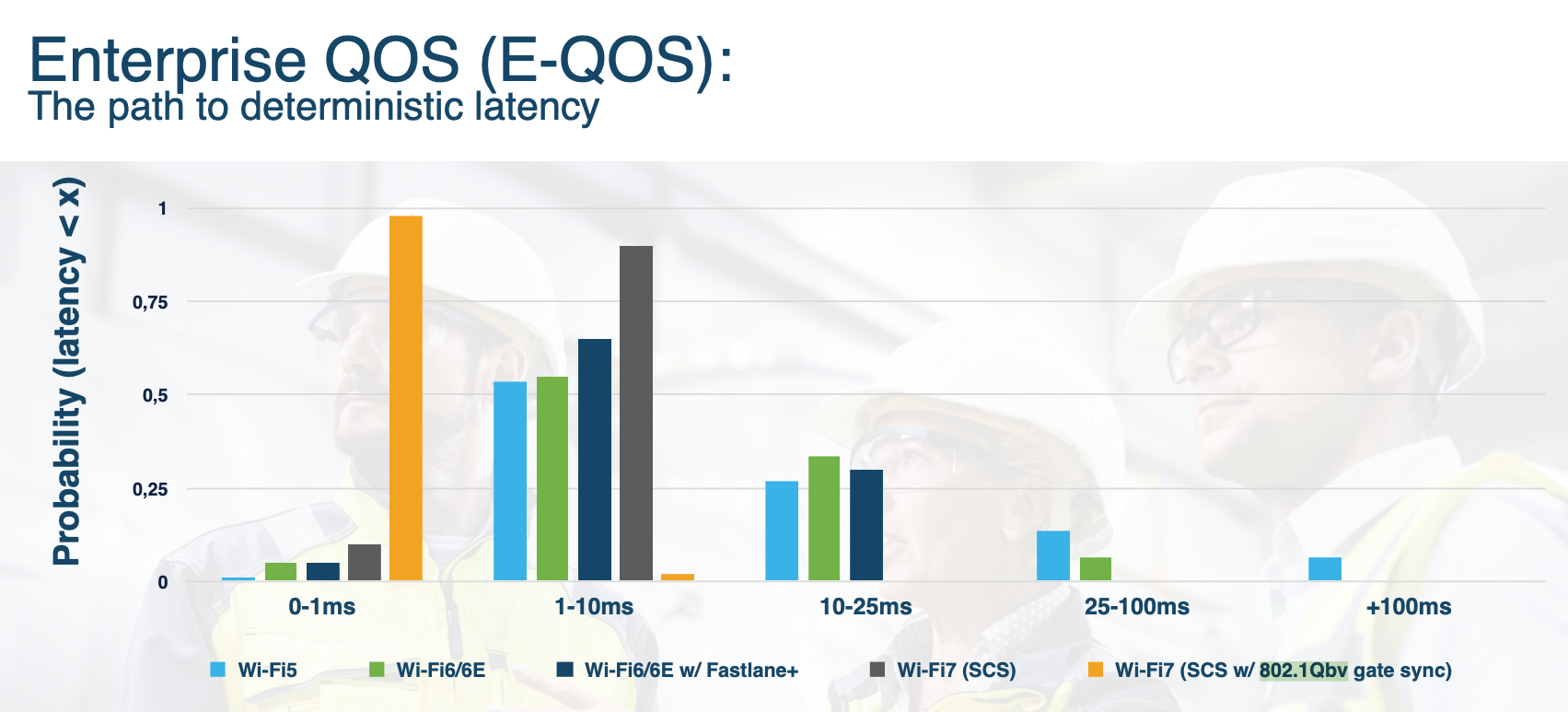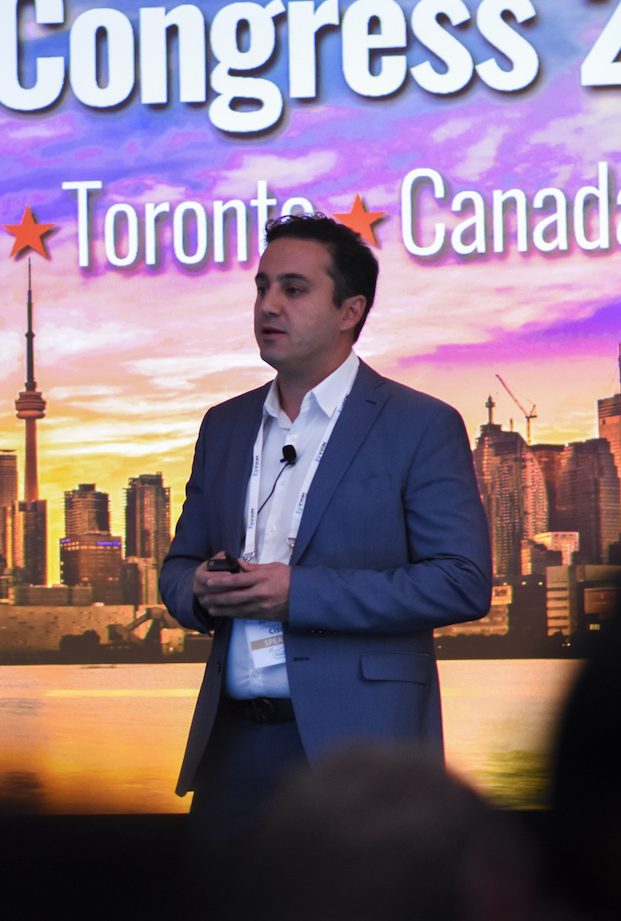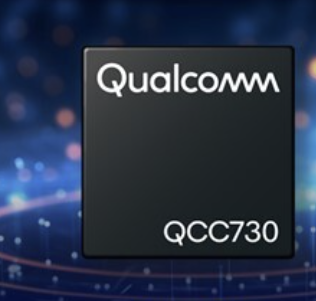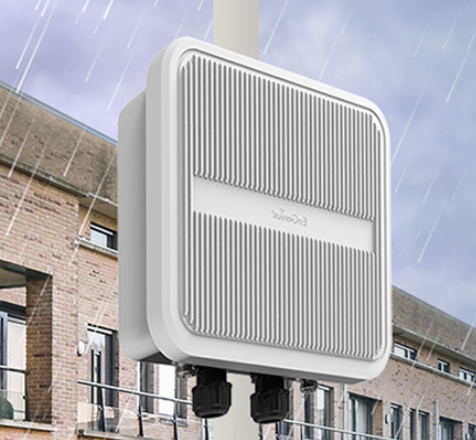
By Claus Hetting, Wi-Fi NOW CEO & Chairman
We’re on the cusp of another enterprise Wi-Fi revolution – and few understand that as well as the wireless team at Cisco. At WWC Toronto earlier this month Cisco’s Malcom Smith and Bahador Amiri presented Cisco’s vision for how Wi-Fi 7 and other new Wi-Fi technology are driving ‘deterministic Wi-Fi’. They also gave a preview of upcoming Cisco innovations including new & vastly improved location-based services.
Wi-Fi determinism – we’ve never really had it before – but now Wi-Fi 6E and Wi-Fi 7 are promising consistently low latency and unprecedented QoS. The key is the inherent capabilities of the new standards (including multi-link operation) plus plenty of new 6 GHz spectrum. Then add Time Sensitive Networking (802.1Qbv) and we’re down to 1 millisecond latency nearly all the time, said Cisco’s Malcom Smith, CTO Advisor Wireless, at WWC Toronto earlier this month.
Extreme enterprise-grade performance is here
“Deterministic Wi-Fi is ideal for supporting XR-type industrial or learning applications as well as for example precision industrial IoT and robotics. Now we can deliver the QoS and consistently low latency required for such use cases to thrive. It’s also important to note that for XR devices to be practical, rendering needs to be away from the device. That requires extreme QoS and determinism for the connectivity,” said Malcolm Smith at WWC Toronto.

He also highlighted the emerging role of Wi-Fi 7-based Enterprise Multi-Link Devices (E-MLDs) operating with two Wi-Fi links simultaneously for up to double the throughput and enhanced reliability. “E-MLD will move latency-sensitive traffic to the best link and ensure consistent, optimised roaming with roaming times down to 5 milliseconds,” Malcom Smith said.
He made a strong case for regulators to release the full 6 GHz band to Wi-Fi because more bandwidth and higher frequency reuse factors when using the 6 GHz band means ultra-reliable connections. “A reuse factor of 14 – that’s the total number of 80 MHz channels in the full 6 GHz band – means we will get ultra-reliability. This is the result of very low co-channel interference coupled with the device scheduling introduced in Wi-Fi 6,” Malcolm Smith said.
New Wi-Fi & adjacent technologies spawn LBS use-case explosion
Meanwhile new and improved standards for determining precise indoor AP and device location over Wi-Fi are driving strong renewed interest and plenty of new use cases in Wi-Fi LBS, said Bahador Amiri, Cisco’s Senior Director Wireless. The use case categories include asset tracking, indoor navigation (including wayfinding), analytics, advertising, security, and many others.
“Historically, GPS and RSSI-based location technology has delivered poor accuracy indoors or the cost of implementation has been too high to be practical. We’re now at an inflection point where new regulation and standards for Wi-Fi-based location are driving adoption,” Bahador Amiri said.

Today, Cisco is applying Fine Timing Measurement (FTM or IEEE 802.11az) and GPS and to produce highly accurate automated AP positioning. Add to this UWB and other location technologies and the result is a complete multi-protocol framework for positioning, Bahador Amiri said. “The Cisco enterprise Wi-Fi footprint is the largest in the world – and we can now offer accurate location services as an additional service to our clients. We call this ‘AnyLocate’ – and parts of this framework are required to enable standard power 6 GHz Wi-Fi with AFC,” he said.
Cisco’s ‘AnyLocate’ uses raw satellite data from GPS receivers coupled with Fine Timing Measurement data to refine AP locations over time. The end result is a maximum location error of less than two meters, Bahador Amiri said. ‘AnyLocate’ is not yet released but in the pipeline, Cisco says.
Watch our short interview with Cisco’s Bahador Amiri below.
/Claus.









